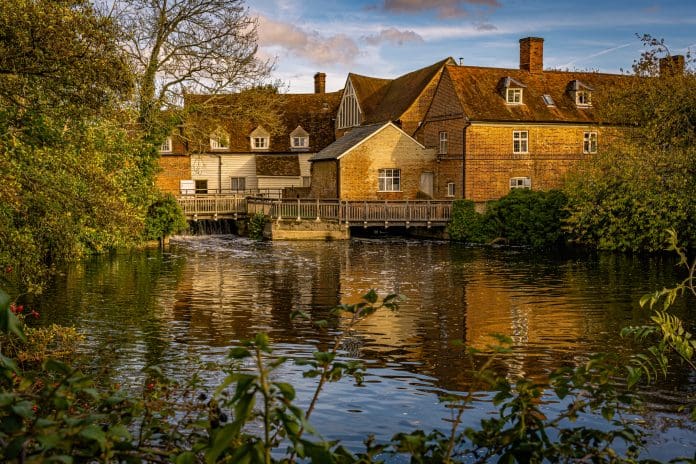New plans have been published by the government to remove barriers and drive energy efficiency in historic homes
New plans to boost energy efficiency in historic homes aim to cut household energy bills across the country whilst protecting the historic features of these buildings.
The Government has published its review into the challenges households face when retrofitting in conservation areas and listed buildings.
Owners of homes built before 1919 pay an additional £428 a year on energy bills
The review has set out a series of commitments to drive energy efficiency and low-carbon heating improvements to listed buildings and buildings in conservation areas across England as part of the Government’s commitment to reach Net Zero by 2050.
What commitments were set out in the review to drive energy efficiency in historic homes?
- A consultation on new national development management policy especially for historic buildings, ensuring greater certainty and consistency in decisions.
- Consulting on the greater use of Listed Building Consent Orders to support building improvements, removing the need to submit individual listed building consent applications.
- Developing clearer guidance for historic homeowners on improving energy efficiency and supporting the construction industry to better deliver retrofitting services.
- Consulting on reforms to Energy Performance Certificates to ensure they are accurate, reliable and trustworthy.
Historic buildings must accommodate change if they are to play a part in the transition to Net Zero
Duncan Wilson, chief executive of Historic England, commented: “Historic England welcomes this Energy Efficiency Review and the positive actions it highlights. Historic buildings can and must accommodate change if they are to play a crucial role in helping the UK to transition to Net Zero.
“This review demonstrates that heritage needn’t be a barrier and identifies opportunities to unlock the potential of historic buildings in England to contribute to meeting our Net Zero target.”

















